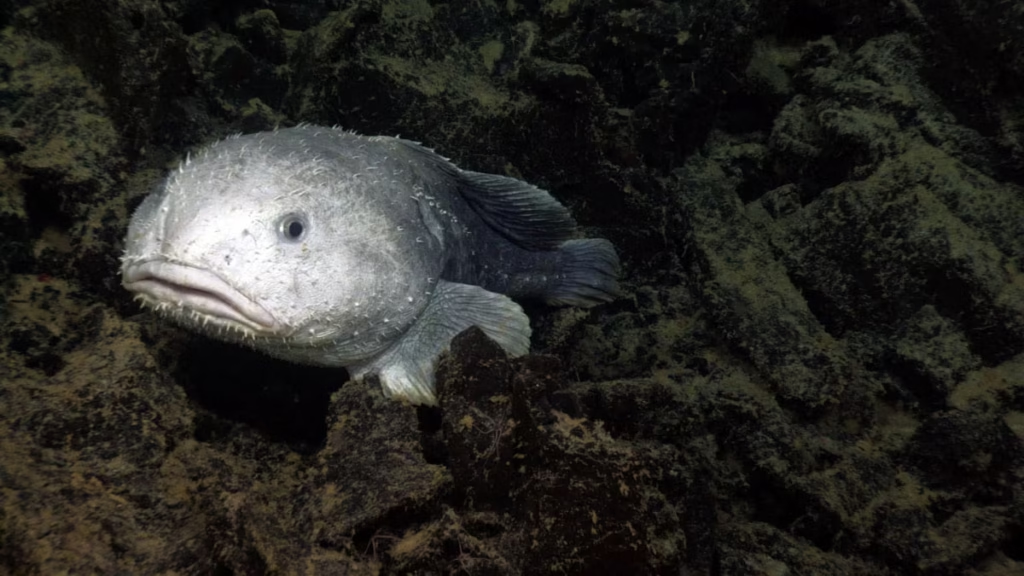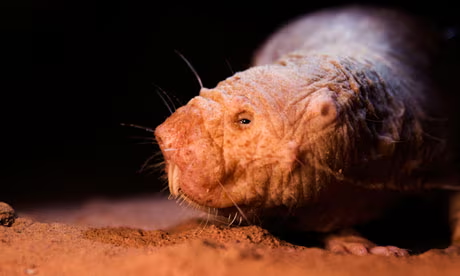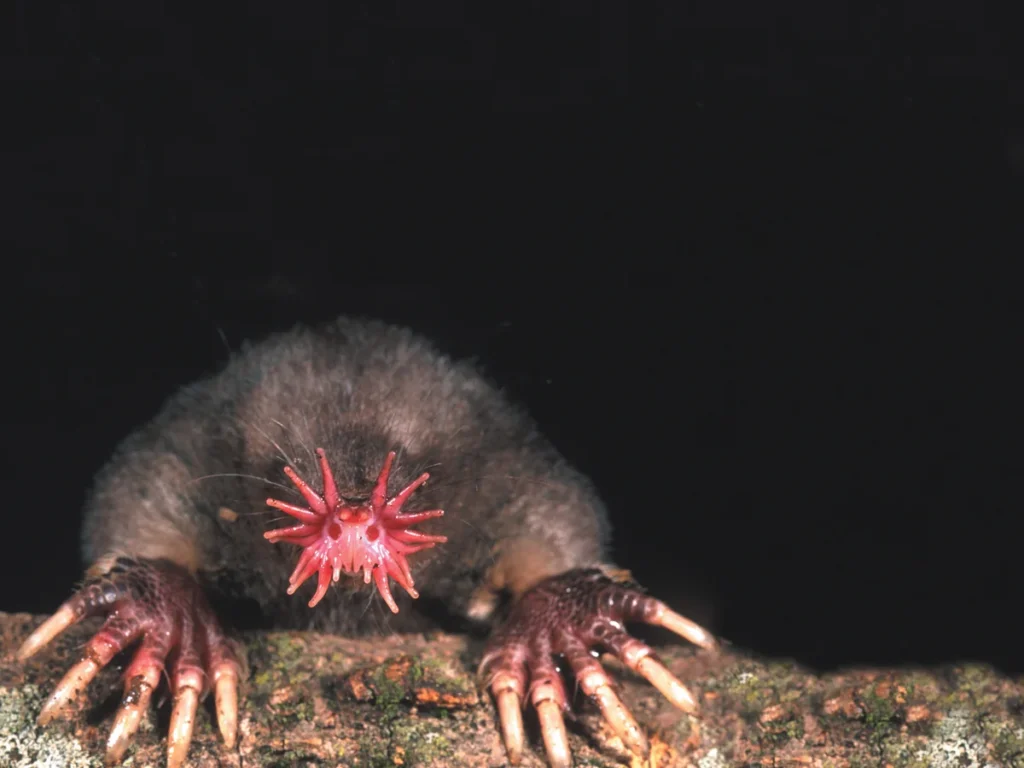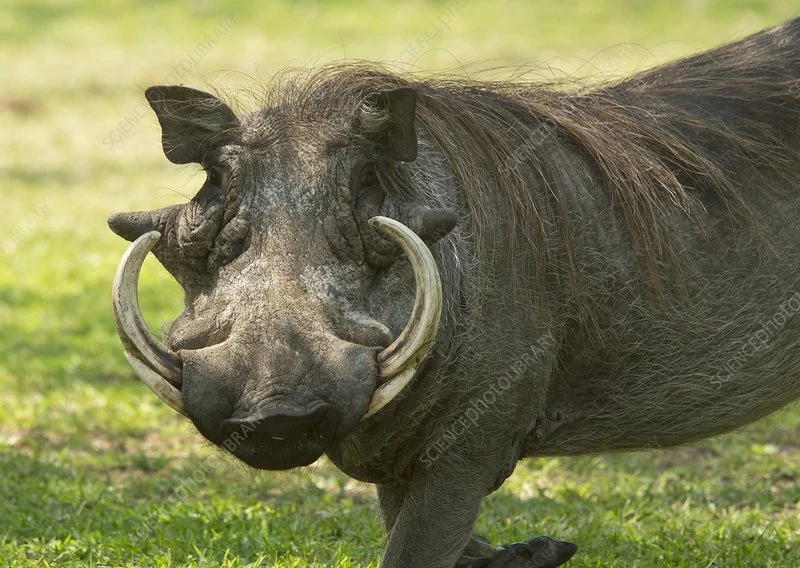Let’s face it—when we think of animals, we often picture adorable puppies, majestic lions, or elegant dolphins. But what about the less fortunate creatures of the animal kingdom? The ones that don’t win any beauty contests, yet still play a vital role in the world?
Believe it or not, some of the world’s ugliest animals are also the most fascinating. They might look strange, creepy, or even downright horrifying, but they deserve love, attention, and protection just like any other living being. In fact, many of them are endangered, and their ugly looks might be their only shot at getting noticed.
So, let’s take a walk on the wild (and weird) side. Here are some of the world’s ugliest animals—and why they actually matter.
1. The Blobfish: Nature’s Sad Balloon

The blobfish has been crowned the world’s ugliest animal more than once. This deep-sea fish lives off the coast of Australia, nearly 4,000 feet underwater. In its natural habitat, the blobfish looks… normal-ish. But when it’s brought to the surface, its body, which is built to withstand extreme pressure, collapses into a saggy, pink mess.
Its droopy face and jelly-like body have made it the poster child for ugly animals. But don’t laugh too hard—blobfish are perfectly adapted to their environment. They don’t even need to swim much. They just float around, sucking up small creatures.
Why it matters: Blobfish are indicators of deep-sea health. If they disappear, we’ll know something’s wrong.
2. Aye-Aye: The Demon Lemur With a Finger Problem

The aye-aye is a type of lemur found in Madagascar, and it might just be the creepiest primate alive. With large yellow eyes, bat-like ears, and a long, bony middle finger, it looks like something from a Halloween movie.
That finger? It’s used to tap on trees and find insects. Once it hears something wiggling inside, it uses the finger like a hook to fish it out. Creepy, but genius.
Unfortunately, local myths say the aye-aye is bad luck, and many are killed out of fear.
Why it matters: Aye-ayes help control insect populations and show how evolution can get really creative.
3. Naked Mole Rat: The Wrinkled Wonder

The naked mole rat is hairless, wrinkly, and kind of looks like a pink sausage with teeth. It’s not winning any beauty pageants—but this little rodent is full of surprises.
For one, naked mole rats don’t feel pain the same way other animals do. They also live in underground colonies that act a lot like beehives, with one queen and lots of workers. Oh, and did we mention they can live up to 30 years?
Why it matters: Naked mole rats may help scientists unlock secrets about aging, cancer resistance, and pain management.
4. Star-Nosed Mole: The Stuff of Nightmares

If you’re squeamish, skip this one. The star-nosed mole has a bizarre, fleshy “star” on the tip of its nose made up of 22 pink tentacles. It looks like something out of a sci-fi movie. But that star is actually a super-powered sensor.
This mole lives in wet, swampy areas in North America and is almost blind. But thanks to its nose, it can “feel” its surroundings and find food faster than any other mammal on Earth—up to 8 items per second!
Why it matters: The star-nosed mole’s unique sensory system could inspire new technology for helping people who are blind or visually impaired.
5. Warthog: The Not-So-Pretty Cousin of Pumbaa

You’ve probably seen a warthog in The Lion King—but real warthogs aren’t exactly cute. They have large warts on their faces, scraggly manes, and tusks that curve outward like hooks.
Still, these animals are tough and smart. Warthogs can go days without water, use their tusks to dig for food, and even kneel on their front legs while eating.
Why it matters: Warthogs are important grazers in African ecosystems. They help shape the land and support the food chain.
6. California Condor: Big, Bald, and Beautiful in Its Own Way
The California condor is North America’s largest bird—but it’s not exactly pretty. It has a bald, pink head and a wingspan of almost 10 feet. It also eats dead animals, which doesn’t help its image.
Once on the brink of extinction, only 27 California condors were left in the wild in the 1980s. Thanks to conservation programs, there are now hundreds flying free again.
Why it matters: The condor is a symbol of what humans can do to save a species—even the ugly ones.
7. Proboscis Monkey: The Big-Nose Champion
This monkey, found in the forests of Borneo, is best known for its huge, droopy nose. It looks like someone stuck a balloon on its face. Males have the largest noses, and scientists think they use them to attract mates.
Despite their funny looks, proboscis monkeys are excellent swimmers and live in close-knit groups.
Why it matters: Proboscis monkeys are endangered due to deforestation. Their presence means the forest is healthy.
8. Marabou Stork: The Undertaker Bird
Nicknamed the “undertaker bird,” the marabou stork is large, bald, and a bit terrifying. It has a long, sharp beak and feeds on garbage and dead animals.
Still, this bird plays a crucial role in the ecosystem by cleaning up waste that could otherwise spread disease.
Why it matters: Marabou storks are nature’s clean-up crew. Without them, the environment would be a lot messier—and more dangerous.
9. Matamata Turtle: A Real-Life Dinosaur
The matamata turtle looks like it’s been stuck in time. With its flat, leaf-shaped head, wart-covered skin, and awkward shell, it seems more like a prehistoric creature than a modern-day animal.
It doesn’t chase its food. Instead, it waits like a rock, then opens its mouth so fast it creates a vacuum and sucks in its prey.
Why it matters: This turtle shows the power of patience and camouflage in nature.
10. Chinese Crested Dog: The Ugly Dog Show Star
Let’s not leave out pets. The Chinese crested dog often wins “ugliest dog” competitions. With patchy fur, bug eyes, and a tongue that tends to stick out, it’s an odd-looking dog—but loyal and affectionate.
Some people find them ugly-cute, and others just love their unique charm.
Why it matters: These dogs remind us that beauty is in the eye of the beholder. And that every animal deserves love.
So, Why Celebrate Ugly Animals?
It’s easy to ignore animals that aren’t cute or majestic. But these strange creatures have just as much value as the ones we adore. In fact, their unusual features often tell powerful stories about evolution, adaptation, and survival.
Ugly animals are often underfunded and overlooked when it comes to conservation efforts. Groups like the Ugly Animal Preservation Society work to change that, using humor and education to draw attention to these underdog species.
They may not be pretty—but they’re powerful, important, and sometimes even inspiring.
Final Thought
Next time you scroll past a weird-looking creature online, take a moment to appreciate it. Behind every wrinkly face, saggy body, or bug-eyed stare is a story worth knowing.
Because in the end, ugly animals make the world a lot more interesting.
Also Read – Is Advance Auto Parts Really Closing? Here’s the Truth You Need to Know






